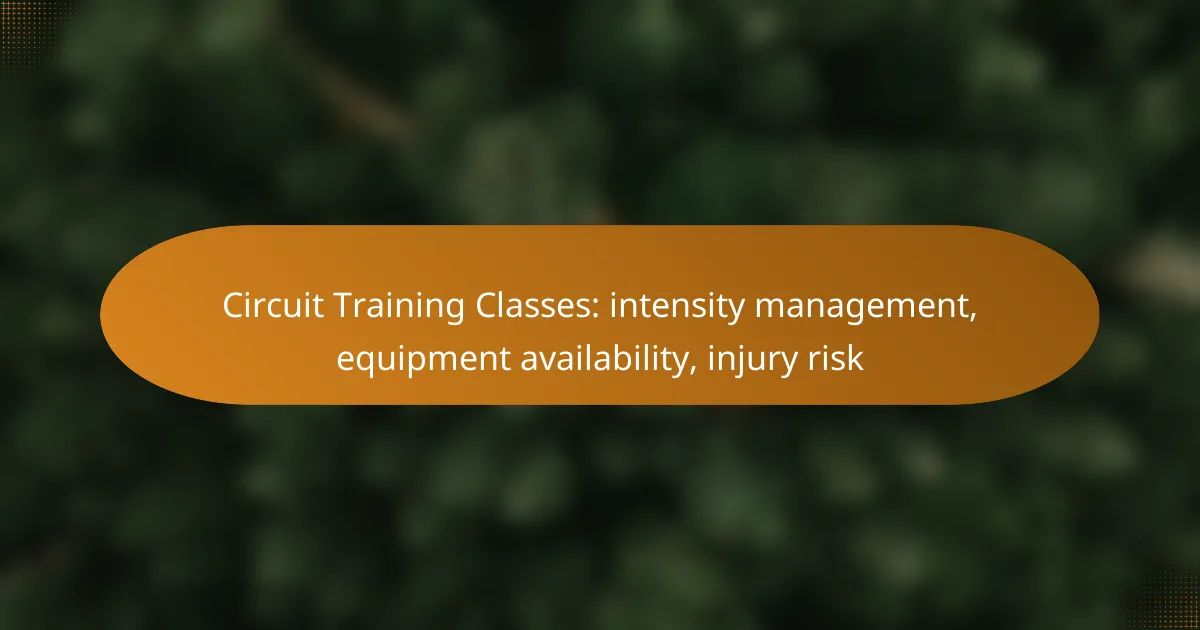Bodyweight training offers a versatile approach to fitness, allowing individuals to progress in strength and endurance without the need for equipment. By creatively utilizing limited spaces and focusing on effective exercises, anyone can maintain an effective workout routine. Additionally, fostering motivation through goal-setting and community engagement can enhance commitment and enjoyment in this fitness journey.

What are effective bodyweight training solutions for progression challenges?
Effective bodyweight training solutions for progression challenges focus on methods that enhance strength and endurance without the need for additional equipment. By employing various techniques, individuals can continue to advance their fitness levels, even in limited spaces.
Progressive overload techniques
Progressive overload is essential for continuous improvement in bodyweight training. This can be achieved by increasing the difficulty of exercises, such as performing more repetitions, reducing rest time, or modifying the exercise to a more challenging variation. For example, transitioning from standard push-ups to decline push-ups can significantly increase the load on the muscles.
Track your progress by keeping a workout journal, noting the number of sets, reps, and variations used. Aim to make small, incremental changes each week to ensure consistent gains.
Advanced variations of exercises
Incorporating advanced variations of standard bodyweight exercises can provide new challenges and stimulate muscle growth. For instance, instead of regular squats, try pistol squats or jump squats to increase intensity. Similarly, replace standard planks with side planks or plank jacks for added difficulty.
When attempting advanced variations, prioritize form to prevent injury. Start with a modified version if necessary, and gradually progress as strength and stability improve.
Incorporating resistance bands
Resistance bands are a versatile tool that can enhance bodyweight training by adding resistance to exercises. They can be used to increase the challenge of movements like squats, push-ups, or rows, making them more effective for muscle growth. Bands come in various resistance levels, allowing for tailored workouts based on individual strength.
To incorporate bands, secure them to a stable anchor point and perform exercises that target specific muscle groups. Ensure the band is appropriately tensioned to avoid injury and maximize effectiveness.
Utilizing time under tension
Time under tension (TUT) refers to the duration muscles are under strain during an exercise. Slowing down movements, such as taking 3-5 seconds to lower into a squat, can significantly enhance muscle engagement and growth. This method is particularly effective for bodyweight exercises where adding weight isn’t an option.
Experiment with different tempos in your workouts, focusing on the eccentric (lowering) phase of the movement. Aim for a TUT of 30-60 seconds per set for optimal results.
Implementing circuit training
Circuit training involves performing a series of exercises back-to-back with minimal rest, which can help improve strength and endurance simultaneously. This method is particularly effective in small spaces, as it requires minimal equipment and can be adjusted to fit any fitness level.
Design a circuit that includes a mix of upper body, lower body, and core exercises. For example, a simple circuit could include push-ups, squats, lunges, and planks, with each exercise performed for 30 seconds followed by a 15-second rest. Aim for 3-5 rounds to maximize the workout’s effectiveness.

How can I overcome space limitations in bodyweight training?
To overcome space limitations in bodyweight training, focus on exercises that require minimal room and utilize your environment creatively. Prioritize routines that can be performed in small areas, and consider using furniture or outdoor spaces to expand your options.
Compact workout routines
Compact workout routines are designed to maximize effectiveness in limited spaces. Exercises like push-ups, squats, lunges, and planks can be performed in a small area and require no equipment. Aim for circuits that combine these movements, allowing for a full-body workout in just a few square meters.
Consider timing your workouts to keep them efficient. A 20-30 minute session can include multiple rounds of exercises with minimal rest, ensuring you stay engaged and challenged without needing extensive space.
Using furniture for support
Furniture can be a valuable asset in bodyweight training, providing support and stability for various exercises. Use a sturdy chair or couch for elevated push-ups, tricep dips, or step-ups. This approach not only saves space but also adds variety to your workouts.
Be mindful of the furniture’s stability and ensure it can support your weight safely. Avoid using items that may tip over or break, and always check for a secure grip before performing any exercise.
Outdoor training options
Outdoor spaces can significantly enhance your bodyweight training options when indoor space is limited. Parks, gardens, or even a backyard can serve as excellent venues for workouts. Utilize benches for dips, grass for ground exercises, or playground equipment for pull-ups.
Incorporating outdoor training can also provide a refreshing change of scenery, which may boost motivation. Just ensure you have appropriate clothing for the weather and stay hydrated during your sessions.
Minimalist equipment suggestions
While bodyweight training primarily relies on your own weight, minimalist equipment can enhance your workouts without taking up much space. Consider items like resistance bands, a jump rope, or a small set of dumbbells, which can provide additional resistance and variety.
These tools are versatile and can be easily stored away when not in use. Aim to keep your equipment selection limited to a few essential items to maintain simplicity and ease of access for your training sessions.

What strategies can boost motivation for bodyweight training?
Boosting motivation for bodyweight training involves setting clear goals, tracking progress, engaging with communities, and maintaining a consistent schedule. These strategies help create a structured approach that can enhance commitment and enjoyment in your fitness journey.
Setting achievable goals
Setting achievable goals is crucial for maintaining motivation in bodyweight training. Start with specific, measurable objectives, such as performing a certain number of push-ups or mastering a new exercise within a few weeks. This creates a sense of accomplishment and encourages continued effort.
Consider breaking larger goals into smaller milestones. For example, if your aim is to do ten pull-ups, begin with three and gradually increase your target. This incremental approach helps prevent frustration and keeps you focused on progress.
Tracking progress with apps
Using fitness apps to track your progress can significantly enhance motivation. Many apps allow you to log workouts, set reminders, and visualize your improvements over time. This data can provide a sense of achievement and highlight areas for growth.
Look for apps that offer features like workout libraries and community challenges. These elements can make your training more engaging and provide additional motivation through friendly competition or shared experiences.
Joining online communities
Joining online communities focused on bodyweight training can provide support and motivation. Engaging with others who share similar fitness goals fosters a sense of belonging and accountability. You can exchange tips, share progress, and celebrate achievements together.
Platforms like social media groups or fitness forums can be excellent resources. Participating in discussions or challenges can keep your training fresh and exciting, making it easier to stay committed to your routine.
Creating a workout schedule
Establishing a workout schedule is essential for consistency in bodyweight training. Designate specific days and times for your workouts to create a routine that fits your lifestyle. This helps to eliminate excuses and makes it easier to prioritize your fitness.
Consider using a calendar or planner to outline your sessions. Aim for a balanced mix of exercises targeting different muscle groups throughout the week. Sticking to a schedule not only builds discipline but also helps you track your progress more effectively.

What are the prerequisites for effective bodyweight training?
Effective bodyweight training requires a solid understanding of your body mechanics and an accurate assessment of your fitness levels. These prerequisites help tailor workouts to your capabilities and ensure safe, progressive training.
Understanding body mechanics
Body mechanics refers to how your body moves and functions during exercises. Knowing the proper alignment and movement patterns is crucial to prevent injuries and maximize effectiveness. For instance, maintaining a neutral spine during push-ups and squats ensures that you engage the right muscles while reducing strain on your joints.
Focus on mastering fundamental movements like squats, lunges, and planks. These exercises build a foundation for more advanced variations. Pay attention to your form; using mirrors or recording yourself can help identify areas for improvement.
Assessing fitness levels
Before starting bodyweight training, evaluate your current fitness level to choose appropriate exercises. Consider factors such as strength, flexibility, and endurance. Simple tests like performing a set number of push-ups or holding a plank can provide insight into your capabilities.
Set realistic goals based on your assessment. If you’re a beginner, start with basic movements and gradually increase the difficulty as you progress. Avoid common pitfalls like attempting advanced exercises too soon, which can lead to frustration or injury.

How does bodyweight training compare to gym workouts?
Bodyweight training primarily utilizes your own weight for resistance, while gym workouts often involve machines or free weights. Both methods can build strength and endurance, but they differ in accessibility, equipment needs, and progression strategies.
BODY REQUIREMENTS
Bodyweight training requires minimal equipment, making it accessible for most individuals. You can perform exercises like push-ups, squats, and planks anywhere, which is ideal for those with limited space or budget. In contrast, gym workouts often necessitate specific machines or weights, which can limit where and how you train.
When engaging in bodyweight exercises, focus on mastering form and gradually increasing difficulty. This can be achieved through variations, such as elevating your feet during push-ups or progressing to one-legged squats. Understanding your body’s capabilities is crucial for effective progression without risking injury.
Common pitfalls include neglecting to challenge yourself and performing exercises incorrectly. To avoid stagnation, incorporate new movements or increase repetitions and sets. A simple checklist for bodyweight training includes: ensure proper form, vary your routine, and set achievable goals to maintain motivation.



